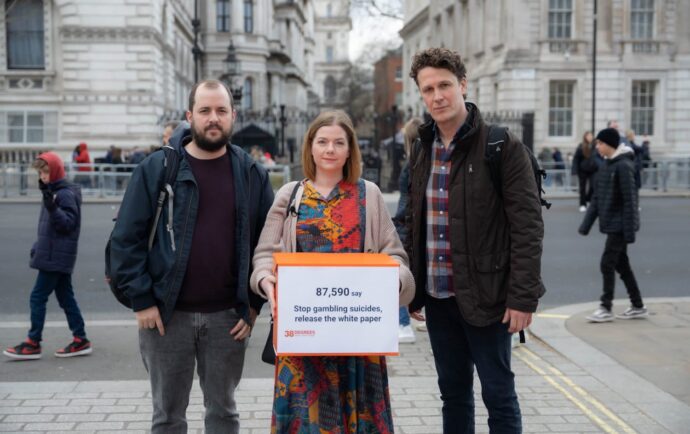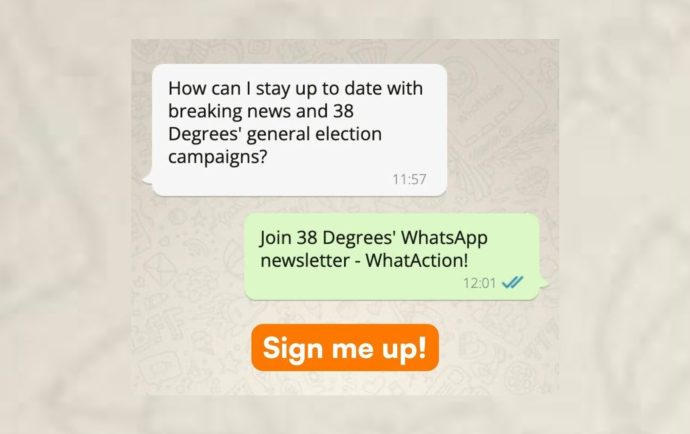STAGE 3: Meet your Decision Maker
Planning your petition hand-in
When is the right moment? It’s often tricky to know when it’s the right time to deliver your petition. Sometimes this decision is made for you – there might be a key deadline around your issue coming up for example. Otherwise, look out for opportunities when handing in your petition might have maximum impact – if your issue is getting a lot of media coverage for example. Remember, you don’t only get one chance to deliver your petition – you can keeping handing it in as your campaign grows.
In person vs. by email: It’s always an option to deliver your petition by email or post, but if possible it’s great if you can deliver your petition in person. This is because you can use the hand-in event to help create publicity and maximise the impact of your petition. It also gives you a great opportunity to speak to your decision maker in person. The more people there the better, so invite your supporters to come along. And if you’re doing your hand-in in a public place, a publicity stunt is often a great way to raise awareness about your campaign.
Contacting your decision maker
Be persistent: You might want to make first contact by email, but if you don’t hear back within a couple of days don’t be afraid to chase them up on the phone. If you don’t get an answer, keep trying until you do – don’t let your campaign go to waste because your decision maker missed your call. Be persistent, but don’t go over the top – remember you want your conversation to start on the right foot!
What to say: Clearly and concisely explain your concerns, tell them about your petition and set out what changes you would like them to make. If you’re planning to deliver your petition in person, let them know when you’ll be coming to do the hand-in and ask if they can be there to receive your petition and discuss it with you. Remember, always be polite – don’t give them any excuses to ignore you.
Next steps for your campaign
Follow up with your decision maker: If you get a firm response from your decision maker the first time you speak to them, try to make sure you’ve got it down in writing. If they’ve agreed to make the changes you’re asking for, that’s great – let everyone know about your success, but don’t take your foot off the gas just yet! Make sure you agree on a specific timeline and follow them up regularly to check that progress is being made. It’s possible your decision maker won’t give you an immediate response the first time you speak to them, so don’t let them off the hook – keep following up until they give you a definite answer.
Don’t give up: Your decision maker might not give you the response you want to hear, but don’t give up. A refusal to make the changes you’re asking for doesn’t have to be the end of a campaign. In fact, bad news can often give a campaign a real boost. Go back to your supporters, tell them what’s happened and ask them to help you keep growing your petition until your decision maker has no choice but to deliver the changes you’re asking for.
Get your supporters to reach out: If your decision maker is dragging their heels on responding to you, or doing the right thing, why not email your campaign supporters and ask them to write to the decision maker too. Hearing from lots more people could tip them into doing the right thing.
TIP! Give your supporters a template email to send: If you ask your supporters to email the decision maker it, you can make it easier for them by including a template email they can copy and paste. And don’t forget to tell them what email address to use!
When you win, spread the word! Remember to write back to everyone who signed the petition to let them know the great news. Perhaps you could even offer to help other campaigners around the country and share tips on how you won your campaign?
Every campaign that people win on Campaigns by You encourages more people to take the plunge and start their own campaign. Step by step we’re making the UK a fairer, more democratic, more equal and environmentally friendly place to live.
Why not start your campaign now?
Start your campaign






